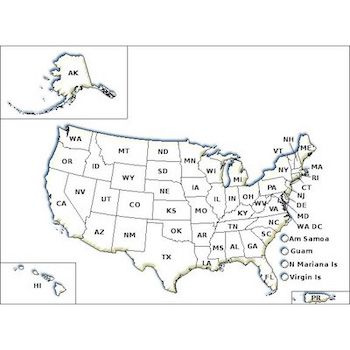Carpenter ants get their name from the fact that they chew through wood to make nests. However, they do not eat wood like termites. They eat sweet foods, pet food, and other insects. Carpenter ants are commonly found in wooded areas, nesting in trees, logs, and stumps. Carpenter ants may also be found in man-made structures, including wooden doors, ceiling beams, floor joists, under bathtubs, and attic eaves.
Homeowners commonly mistake winged carpenter ants for termites. However, it is very easy to tell the difference. Carpenter ants have sharply bent (elbowed) antennae while termites' antennae are straight. There is also a difference between the types of damage they cause to wood. Carpenter ants produce sawdust as a result of their chewing activities while termites produce little pellets. Contact your local Cooperative Extension Service for more information on carpenter ants in your area.
Control tips:
- The key to control is finding the nest or nests. Look for piles of sawdust or carpenter ant trails at night when they are most active.
- Carpenter ants prefer damp wood over dry wood. Increase ventilation in areas like attics, basements, and crawl spaces to reduce moisture.
- Repair all leaks in the roof, attic, inside the home, and the foundation.
- Seal areas where plumbing, cable, or electrical hardware enters the home.
- Consider increasing ventilation or insulating pipes if condensation is a constant source of moisture near wood.
- Replace water damaged wood, and store firewood several feet away from structures.
- Keep tree limbs trimmed away from wood structures so that the ants cannot use the limb as a bridge to the structure.
- Consider reading about how to use Integrated Pest Management (IPM) to prevent and control carpenter ants in and around your home.
- If a pesticide will be used, always read and follow the label directions carefully.
If you have questions about this, or any pesticide-related topic, please call NPIC at 800-858-7378 (8:00am - 12:00pm PST), or email us at npic@ace.orst.edu.



